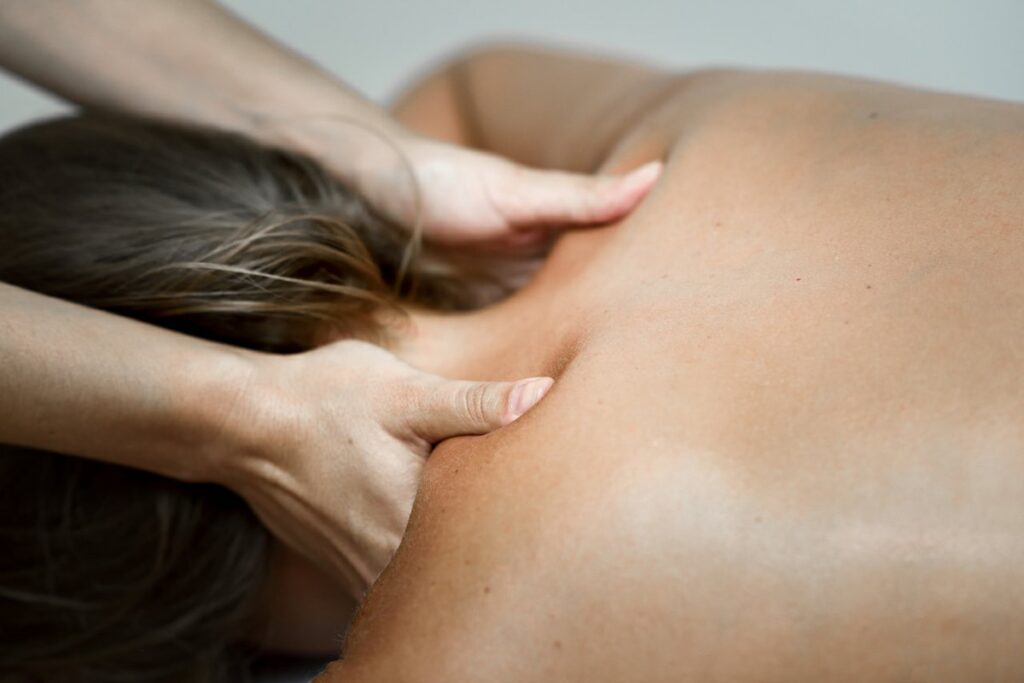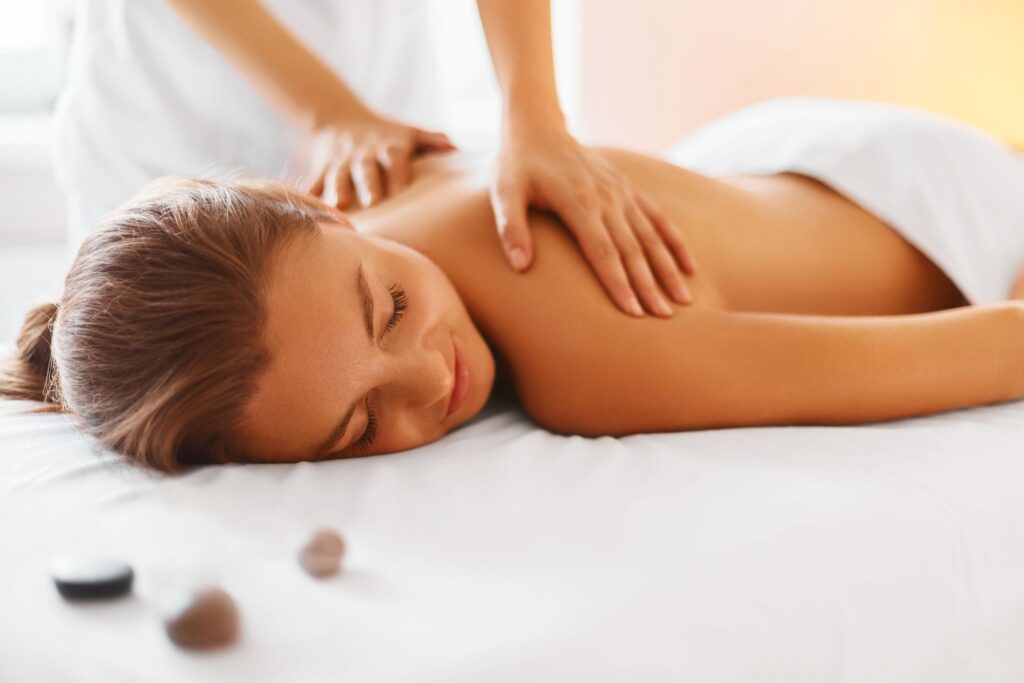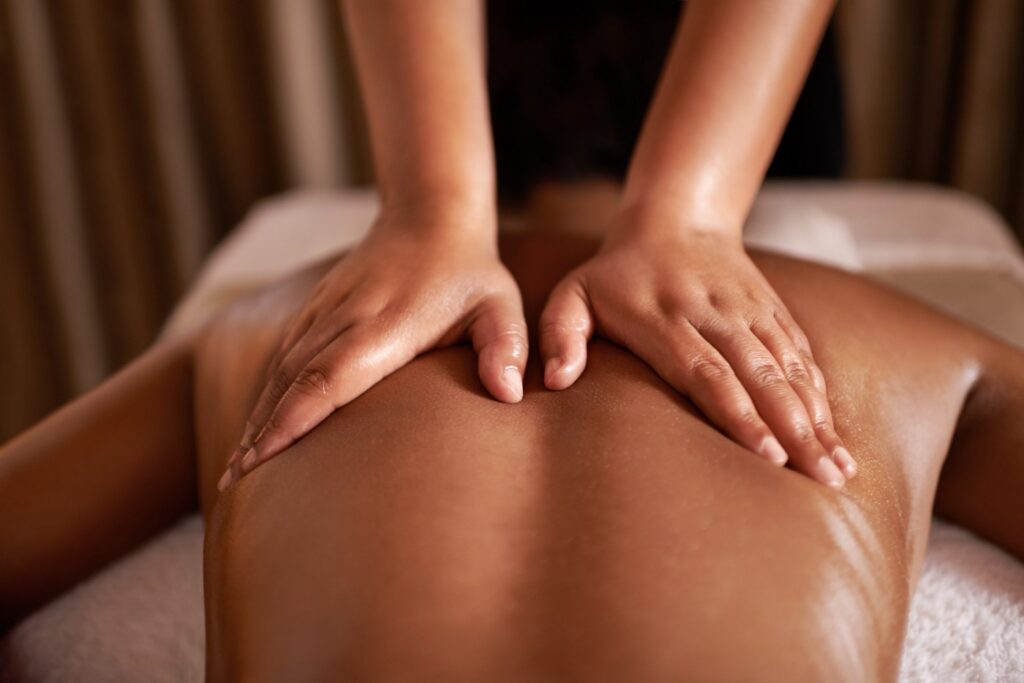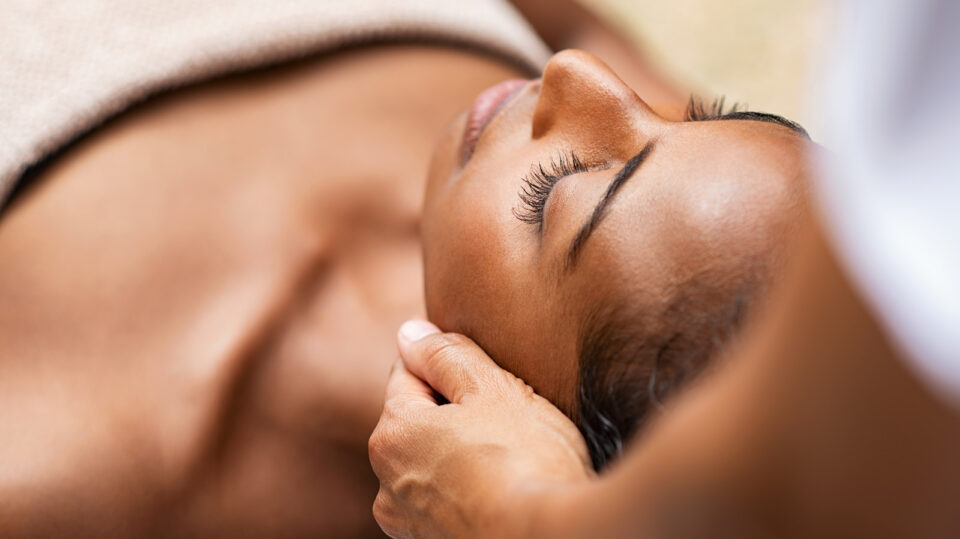Massage has been around for centuries, and it’s an integral part of human health. It’s no wonder then why they are so popular; the benefits are undeniable. From reducing stress and tension to improving circulation and easing pain, massage is a valuable treatment option for anyone looking for relief.
But what happens after it? How long do the benefits last? In this blog post, we will explore it. We will also discuss some of the common factors that can affect how long the benefits last, such as the type of massage you receive and your body’s response.
The Science of Massage

Massage has been used for centuries as a way to relieve stress, pain, and tension. It is now understood that it can also help to improve blood circulation and promote relaxation. One study found that people who received massages twice a week for eight weeks experienced decreased levels of anxiety, depression, and stress. The effects of massage may last up to 72 hours after it is done.
There are many different types of massages, including Swedish massage, deep tissue massage, reflexology, and aromatherapy. Different masseurs will have different techniques and will target different areas of the body. Some masseurs also offer combinations of several different types of massages into one session. While there is no one type of massage that is best for everyone, most people find that regular ones are helpful in reducing stress and improving their overall well-being.
The Different Types and Benefits of Massage

Massage has been traditionally used as a form of relaxation and therapy. It is often cited as one of the best ways to reduce stress, anxiety, and pain. However, there are many different types of it, with different benefits. Here are just a few:
Swedish massage: This type is considered to be the most beneficial for relieving stress and tension headaches. It also helps improve circulation and lymphatic drainage.
Deep tissue massage: This type uses pressure and kneading techniques to relieve pain from sports injuries, arthritis, or chronic pain.
Myofascial release: This type works on tight muscle groups by using pressure and fingers to break up adhesions within the muscle’s tissue. This can help reduce inflammation and soreness in the area.
So, if you’re looking for a way to relax and relieve pain, give massage a try!
Which Massage is Right for You?

There is no one-size-fits-all answer to this question, as the type of massage that is best for you will depend on your specific needs and preferences. However, some general tips that may be helpful when choosing a massage include verifying that the therapist has extensive experience working with the particular type of massage you are interested in (e.g., Swedish, deep tissue, aromatherapy) and asking about the therapist’s qualifications and training.
Additionally, it can be helpful to consider what type of environment you would prefer your massage to take place in (e.g., quiet or quiet with music), as well as what types of it are typically offered at the spa or massage studio you are interested in visiting. So, whatever you choose to do, make sure you are informed and comfortable with the decision.

